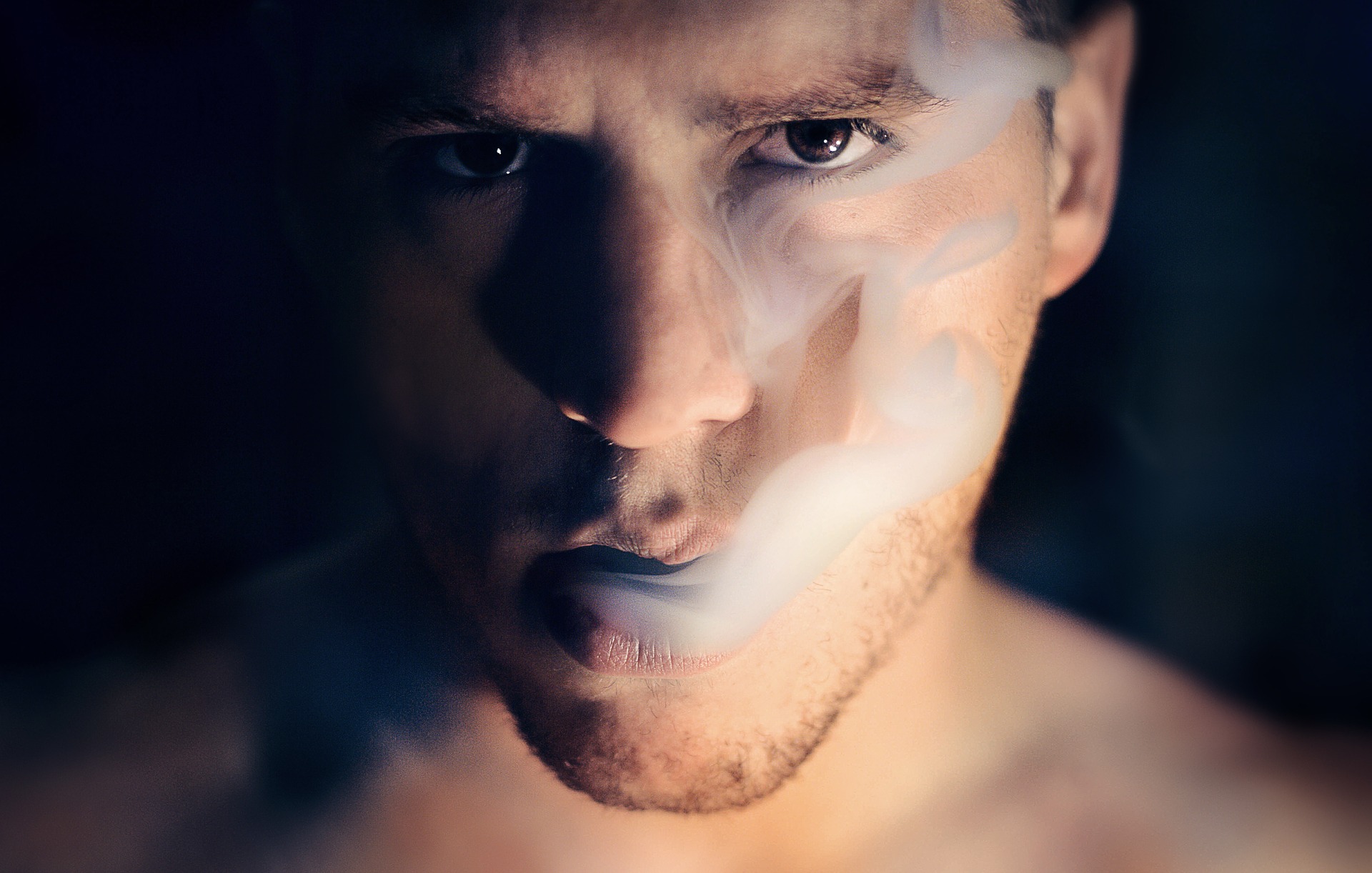People often make snap judgments based on appearance. Facial features play a major role in those impressions. With or without makeup, the face communicates mood, energy, and personality. Even small changes for a big visual impact can affect how others perceive someone’s confidence or approachability. Makeup adjusts facial cues, which in turn can shift assumptions people make within seconds of meeting someone.
Defined Features
Makeup can sharpen or soften features. Contour brings out bone structure. Highlighter adds dimension and brightness. Eyebrow shaping frames the eyes and lifts expression. These enhancements create a more defined look, which often signals alertness and strength. Even light makeup can make features appear more symmetrical, something commonly associated with beauty across cultures. The subtle changes can make a face feel more balanced and intentional.
Skin Tone and Texture Correction
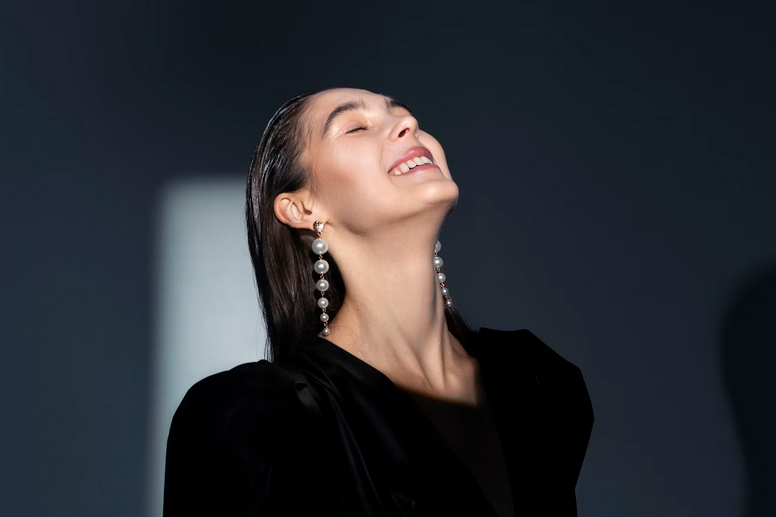
Uneven skin tone, redness, or blemishes may distract from a person’s natural features. Foundation and concealer even out the complexion. This creates a smooth surface that reflects light more evenly. The effect is usually a fresher, more rested appearance. Texture correction, whether through primer or powder, helps minimize shadows or shine that can distort perception. This isn’t about hiding flaws, but enhancing clarity and focus on the face’s most expressive parts.
The Power of Eyes and Lips
The eyes and lips often carry emotional weight. Dark lashes make the eyes stand out. Eyeshadow adds depth. A sharp liner can change eye shape altogether. Lip color influences how mature or expressive someone appears. A red lip might seem bold and assertive. A nude tone might come across as soft and refined. When these areas are enhanced, it shifts the balance of the face, often drawing more attention to expressions and emotions.
Bare-Faced Confidence vs. Full Glam Impact

There’s power in both minimal and full makeup. A bare face can convey openness, authenticity, and comfort. It suggests a low-maintenance, approachable energy. Full glam, on the other hand, signals effort, creativity, and precision. Each look sends a different message. Neither is superior they just tell different stories. What’s important is knowing when and why each look is used. That awareness helps people express themselves more clearly in social or professional settings.
Makeup as a Form of Identity
Makeup isn’t only about correction or enhancement. It’s also about identity. For many, it’s a tool of creativity. A bold eyeliner or bright lipstick can reflect a unique personality. Some use makeup to explore gender expression or to reclaim control over their image. These choices go beyond beauty standards. They become part of how individuals present themselves to the world. The result is a visual language an extension of self.
Society often ties appearance to value. In many settings, wearing makeup is seen as a sign of effort or professionalism. In others, going bare-faced may be praised for its honesty. These mixed expectations can create pressure. People feel judged for wearing too much, or not enough. It’s important to make those decisions on personal terms. What matters most is choosing the look that aligns with one’s comfort and purpose not meeting someone else’s ideal. Makeup doesn’t just change how we look it changes how we’re seen.…

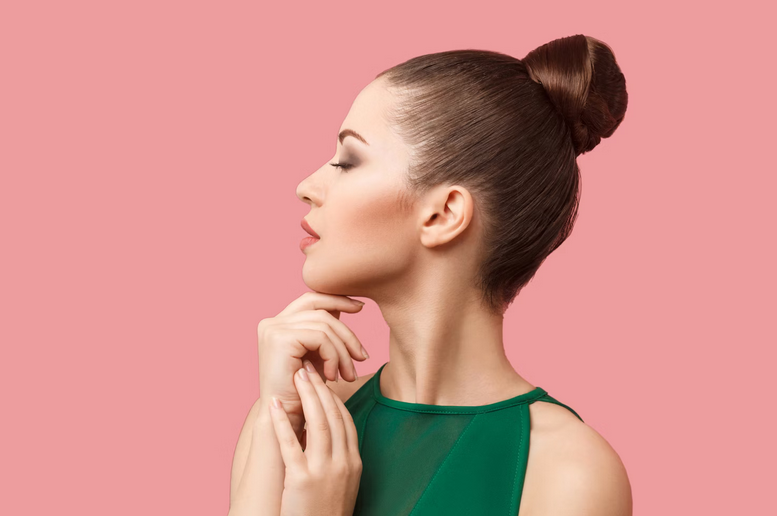



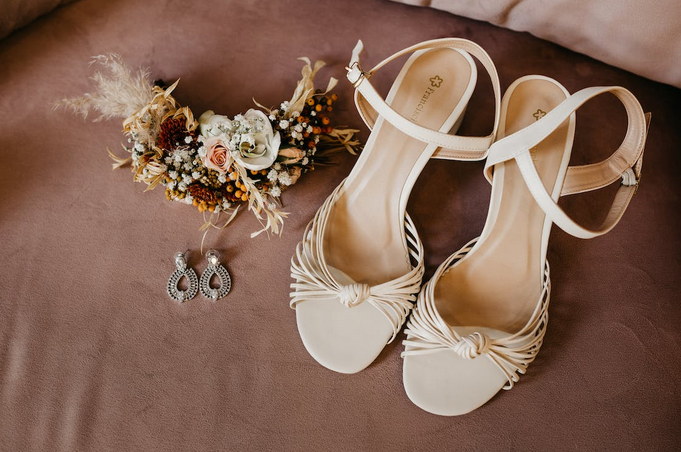
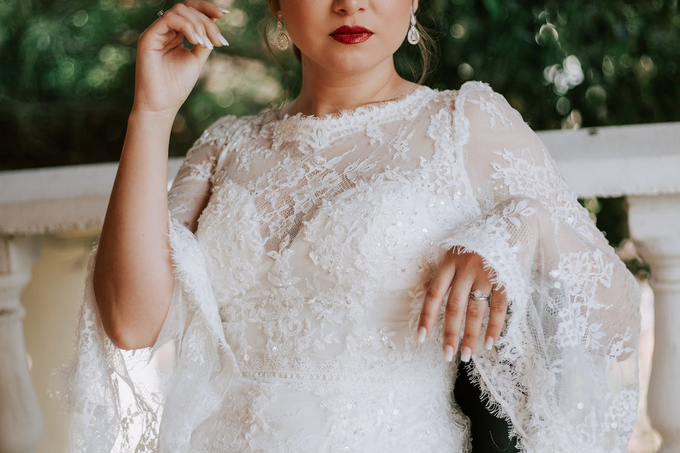
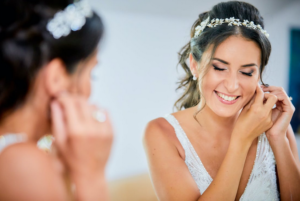 Going for vintage never disappoints. These earrings have a timeless charm that can elevate any bride’s look on her special day. These exquisite earrings are inspired by the glamour and elegance of eras gone by, adding a touch of vintage sophistication to your bridal ensemble.
Going for vintage never disappoints. These earrings have a timeless charm that can elevate any bride’s look on her special day. These exquisite earrings are inspired by the glamour and elegance of eras gone by, adding a touch of vintage sophistication to your bridal ensemble.
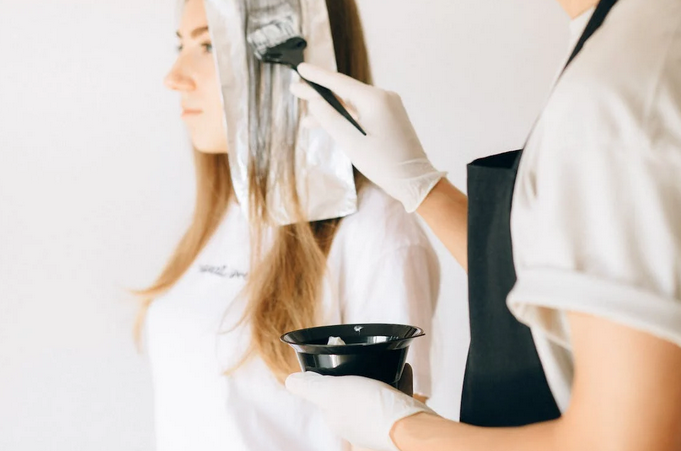
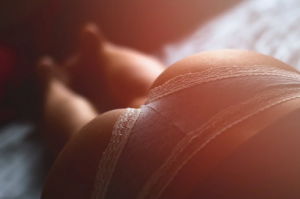 Involving fat removal procedures and buttock injections, BBL has become another popular option, especially for those looking to enhance their size and shape. If you’re more into a fuller, rounder behind, this treatment is just what you need. However, a Brazilian Butt Lift recovery usually takes around two weeks. Patients should avoid sitting down directly on their buttocks during this period while they heal properly. If you’re considering a Brazilian Butt Lift, be sure to do thorough research beforehand and consult an accredited plastic surgeon specializing in these types of procedures.
Involving fat removal procedures and buttock injections, BBL has become another popular option, especially for those looking to enhance their size and shape. If you’re more into a fuller, rounder behind, this treatment is just what you need. However, a Brazilian Butt Lift recovery usually takes around two weeks. Patients should avoid sitting down directly on their buttocks during this period while they heal properly. If you’re considering a Brazilian Butt Lift, be sure to do thorough research beforehand and consult an accredited plastic surgeon specializing in these types of procedures.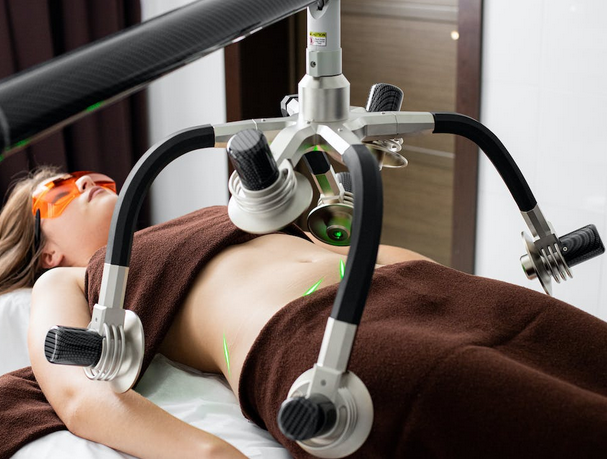

 Regular exercise is essential for maintaining good health, but proceeding cautiously after liposuction surgery is important. While it’s important to stay active to promote healing and circulation, avoiding strenuous exercise for at least two to three weeks after surgery is advisable.
Regular exercise is essential for maintaining good health, but proceeding cautiously after liposuction surgery is important. While it’s important to stay active to promote healing and circulation, avoiding strenuous exercise for at least two to three weeks after surgery is advisable.
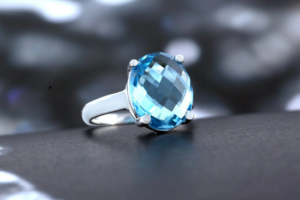 One of the most prominent jewelry trends for 2022 is colored stones. Gone are the days when diamonds were the only fine gemstones; now, anything goes! Whether you prefer rubies, sapphires, or emeralds, you’ll be able to find plenty of beautiful pieces that feature your favorite color. And if you’re feeling bold, you can even mix and match different colors for a truly unique look.
One of the most prominent jewelry trends for 2022 is colored stones. Gone are the days when diamonds were the only fine gemstones; now, anything goes! Whether you prefer rubies, sapphires, or emeralds, you’ll be able to find plenty of beautiful pieces that feature your favorite color. And if you’re feeling bold, you can even mix and match different colors for a truly unique look.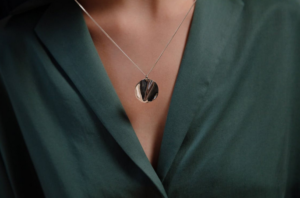 For a more modern look, you’ll want to check out the trend for current links. This jewelry trend is all about clean lines and minimalistic designs. If you’re tired of your boring old chain necklace, a stylish link necklace is a perfect way to update your look. You can also find bracelets and earrings that feature this sleek, contemporary style. Also, don’t forget to take a look at the different ways that you can wear it.
For a more modern look, you’ll want to check out the trend for current links. This jewelry trend is all about clean lines and minimalistic designs. If you’re tired of your boring old chain necklace, a stylish link necklace is a perfect way to update your look. You can also find bracelets and earrings that feature this sleek, contemporary style. Also, don’t forget to take a look at the different ways that you can wear it. Another popular trend that we see for 2022 is mixed materials. Gone are the days when gold and silver were the only acceptable metals; now, anything goes! Whether you prefer rose gold, white gold, or platinum, you’ll be able to find plenty of beautiful pieces that feature your favorite metal. And if you’re feeling bold, you can even mix and match different metals for a truly unique look.
Another popular trend that we see for 2022 is mixed materials. Gone are the days when gold and silver were the only acceptable metals; now, anything goes! Whether you prefer rose gold, white gold, or platinum, you’ll be able to find plenty of beautiful pieces that feature your favorite metal. And if you’re feeling bold, you can even mix and match different metals for a truly unique look.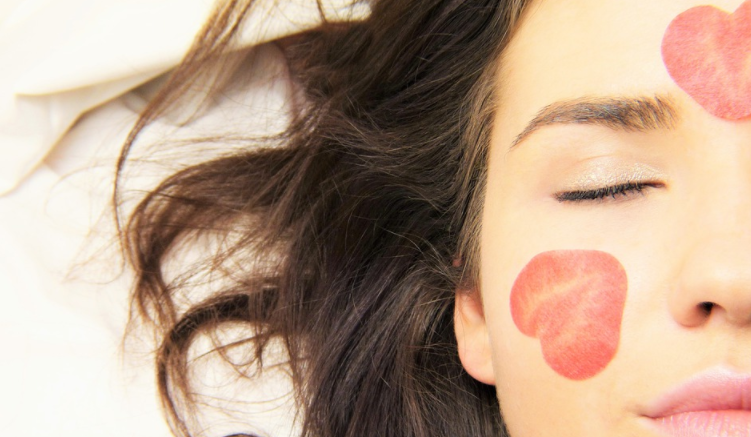
 The decision to have
The decision to have 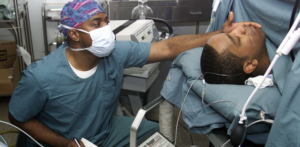 Most people are good candidates for this procedure, regardless of gender, but older patients will be the most. To be considered an ideal candidate, you need to be in excellent physical and mental well-being. For example, if you are a smoker, it is usually essential that you quit the habit for a few weeks before the facial surgery, and you should not keep alcohol for or even after the surgery. Another standard procedure you can undergo in facial surgery is rhinoplasty, popularly known as a nose job.
Most people are good candidates for this procedure, regardless of gender, but older patients will be the most. To be considered an ideal candidate, you need to be in excellent physical and mental well-being. For example, if you are a smoker, it is usually essential that you quit the habit for a few weeks before the facial surgery, and you should not keep alcohol for or even after the surgery. Another standard procedure you can undergo in facial surgery is rhinoplasty, popularly known as a nose job.
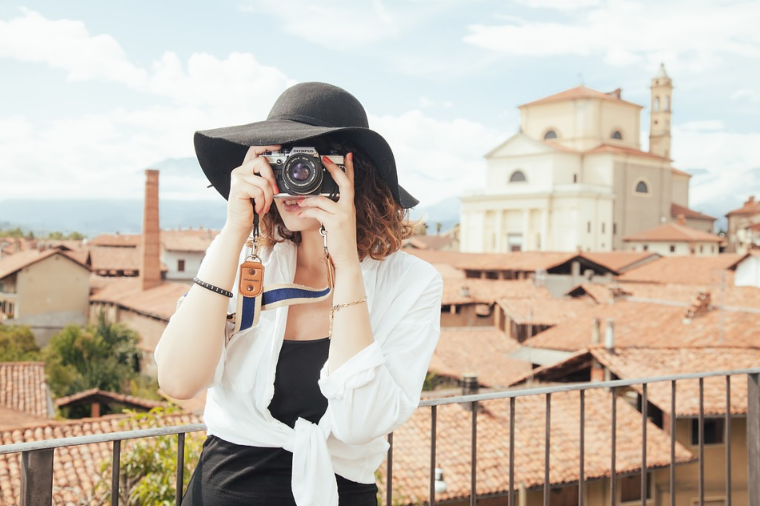
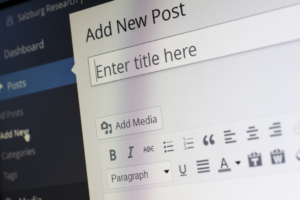
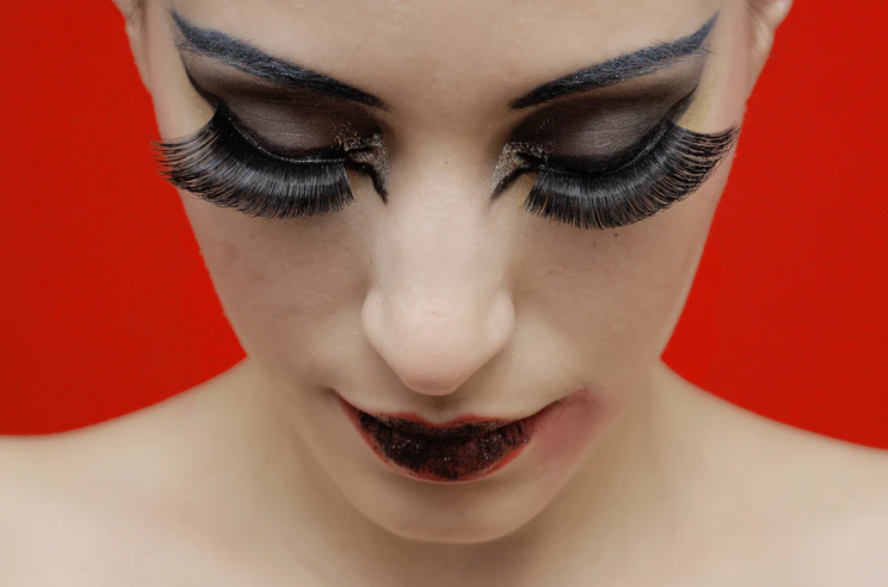
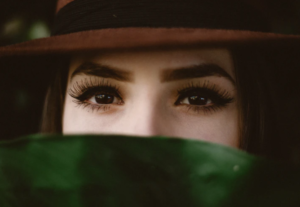 An exhaustive arrangement of lashes doesn’t interest everybody. Acquiring some extra lash component is necessary for a legitimate wedding eye cosmetics to look. Assume you can’t act in an entire set. A few all around put singular lashes because the external corner of the consideration will extend and supply a considerably more sensational cosmetics look. If these things are thought about, at that point, marriage cosmetics could be the highlight of the wedding look-making, not just a dazzling lady of the hour from your tissue. In any case, a stunning lady in the blaze and seeing much the same as you will have a look at the photos for quite a while to come, and the two are similarly significant. Kindly investigate extra tips by heading into one of my #1 destinations, Bride Make-up. You may even discover why Airbrush Wedding Makeup is rapidly turning into wedding cosmetics craftsman specialists’ major decision.
An exhaustive arrangement of lashes doesn’t interest everybody. Acquiring some extra lash component is necessary for a legitimate wedding eye cosmetics to look. Assume you can’t act in an entire set. A few all around put singular lashes because the external corner of the consideration will extend and supply a considerably more sensational cosmetics look. If these things are thought about, at that point, marriage cosmetics could be the highlight of the wedding look-making, not just a dazzling lady of the hour from your tissue. In any case, a stunning lady in the blaze and seeing much the same as you will have a look at the photos for quite a while to come, and the two are similarly significant. Kindly investigate extra tips by heading into one of my #1 destinations, Bride Make-up. You may even discover why Airbrush Wedding Makeup is rapidly turning into wedding cosmetics craftsman specialists’ major decision.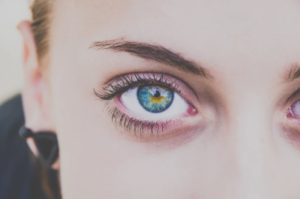 It utilizes a similar feature tone once more, spot on it at the eye’s inward corner, over the tear channel. This could be joined barely across the base lash line too. This touch adds warmth to the visual allure and gives a crisp inclination to the eyes. In photos, this may balance any propensity for dreams to dissipate into a dimensionless shape, as the purposes of intelligent material from the crucial regions will get the light and pull in the eyes alive.
It utilizes a similar feature tone once more, spot on it at the eye’s inward corner, over the tear channel. This could be joined barely across the base lash line too. This touch adds warmth to the visual allure and gives a crisp inclination to the eyes. In photos, this may balance any propensity for dreams to dissipate into a dimensionless shape, as the purposes of intelligent material from the crucial regions will get the light and pull in the eyes alive.
 You should choose products that are natural as the chemicals in the products can cause effects. It is very important to choose only products made with natural and organic ingredients. You will find the products are put on the market at great speed. If you look for priceless products on the Internet, you will find some of them on fantastic company websites.
You should choose products that are natural as the chemicals in the products can cause effects. It is very important to choose only products made with natural and organic ingredients. You will find the products are put on the market at great speed. If you look for priceless products on the Internet, you will find some of them on fantastic company websites. By choosing the right skincare, you will get healthy and perfect skin. Along with the beautiful skin, you get it will increase your confidence. Such as becoming a women entrepreneur who with confidence, promote your product, it will be better if you have product-related beauty skincare because you share your experience of how you can get the perfect skin.
By choosing the right skincare, you will get healthy and perfect skin. Along with the beautiful skin, you get it will increase your confidence. Such as becoming a women entrepreneur who with confidence, promote your product, it will be better if you have product-related beauty skincare because you share your experience of how you can get the perfect skin.

